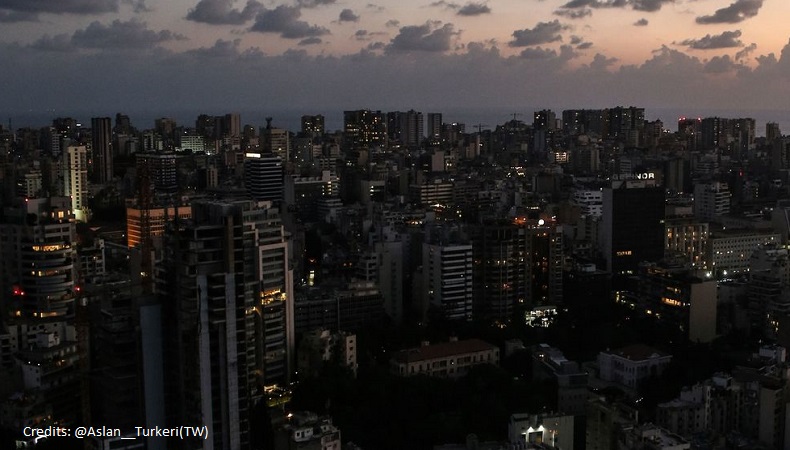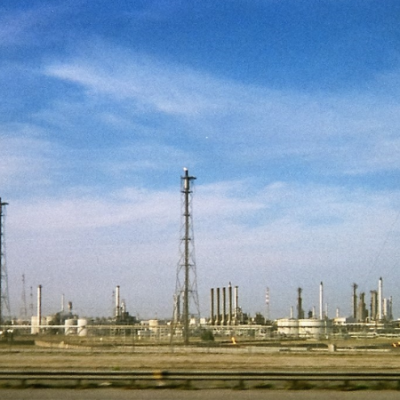Energy Flow To Lebanon Needs Infrastructure Overhaul In Syria

 Lebanon–Lebanon is reeling under threat of prolonged darkness as its power grids have run out of fuel and the country has no money to pay for them to be refueled. Vessels stand on the port unwilling to offload cargo, unless the government clears their previous dues.
Lebanon–Lebanon is reeling under threat of prolonged darkness as its power grids have run out of fuel and the country has no money to pay for them to be refueled. Vessels stand on the port unwilling to offload cargo, unless the government clears their previous dues.
Roads are now thronging with protestors. Most people are lighting up their homes with gensets. Amidst this mayhem of darkness, the Arab Gas Pipeline had struck a deal with Egypt, Jordan and Syria offering some glimmer of hope. Under this plan, Egypt will supply natural gas to Lebanon via the Arab Gas Pipeline infrastructure, giving commoners the advantage of 17 hours of power each day.
Currently, the army has stepped in to provide fuel for some semblance of normalcy to return. Fuel supplies have been dwindling for Lebanon. Power output came down to 200 MW to a desired limit of daily requirement of 3000MW. Millions of Lebanese currently endure power outages of up to 22 hours per day as their leaders struggle to secure the foreign capital needed to import fuel. Operators of private backup generators are being pushed to their limits as costs of diesel and repairs have skyrocketed.
Read | Lebanon Struggles With Blackout Amidst Fund Crutch To Pay For Crude
Millions of Lebanese currently endure power outages of up to 22 hours per day. Even under the new leadership, it will take time before Lebanon can find anyway to secure foreign capital needed to import fuel. Meanwhile, natural gas supply could help them solve the power tussle. Fuel theft, smuggling and black marketing is common practice in Lebanon.
The Arab Gas Pipeline falls under a US-coordinated effort to deliver natural gas to Lebanon, originating near Arish on Egypt’s Sinai Peninsula extending itself through Jordan and Syria.
This is despite the fact that the US has levied sanctions under the Caesar Syria Civilian Protection Act of 2019, which prohibits Syria from financial transactions with the country’s institutions. It is worth noting that Egyptian gas stopped flowing through Syria in 2010. For Syria to support gas flow into Lebanon, its own infrastructure would urgent restructuring and repair. This is the only biggest challenge facing the plan of transportation via four countries.



